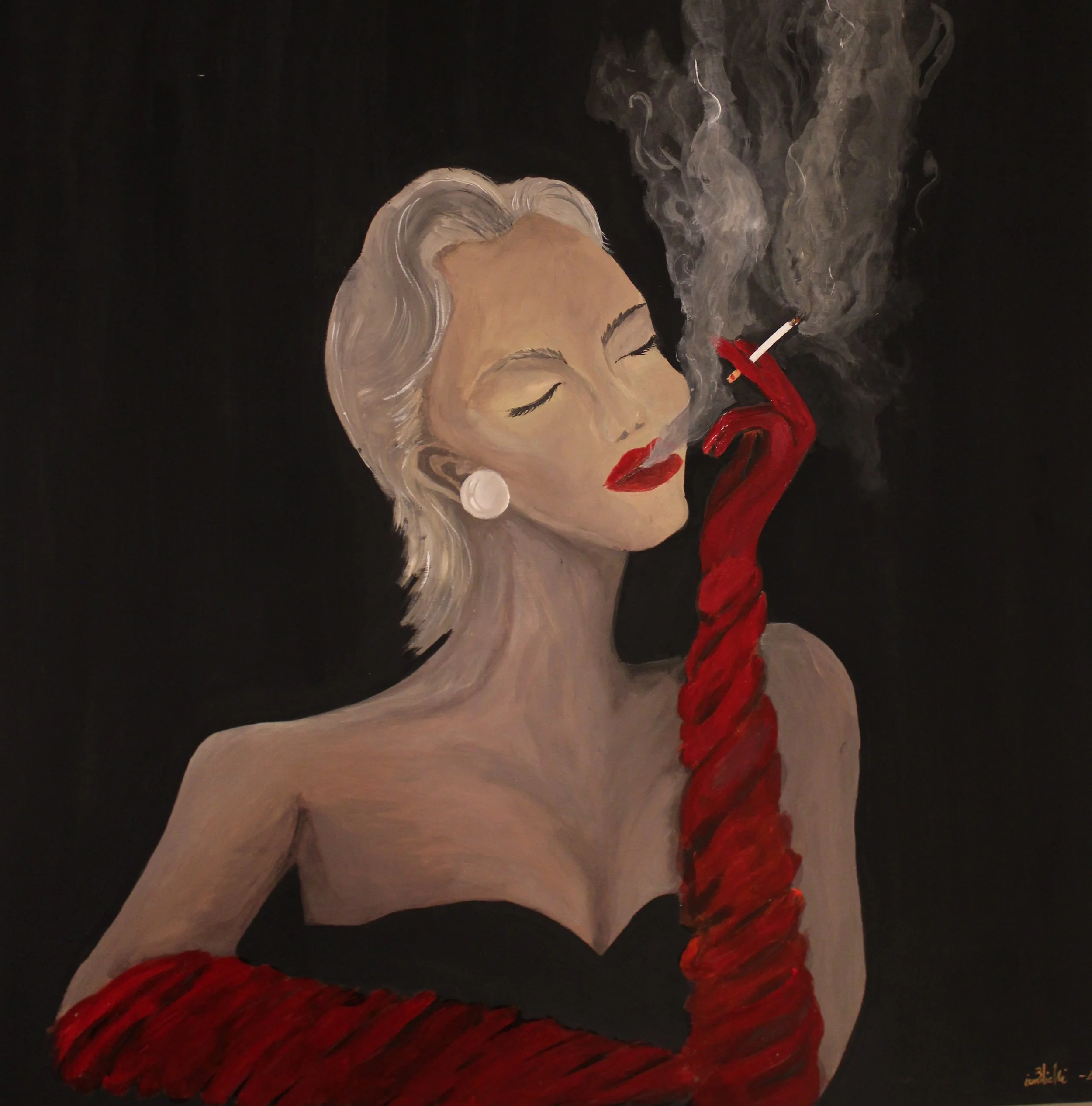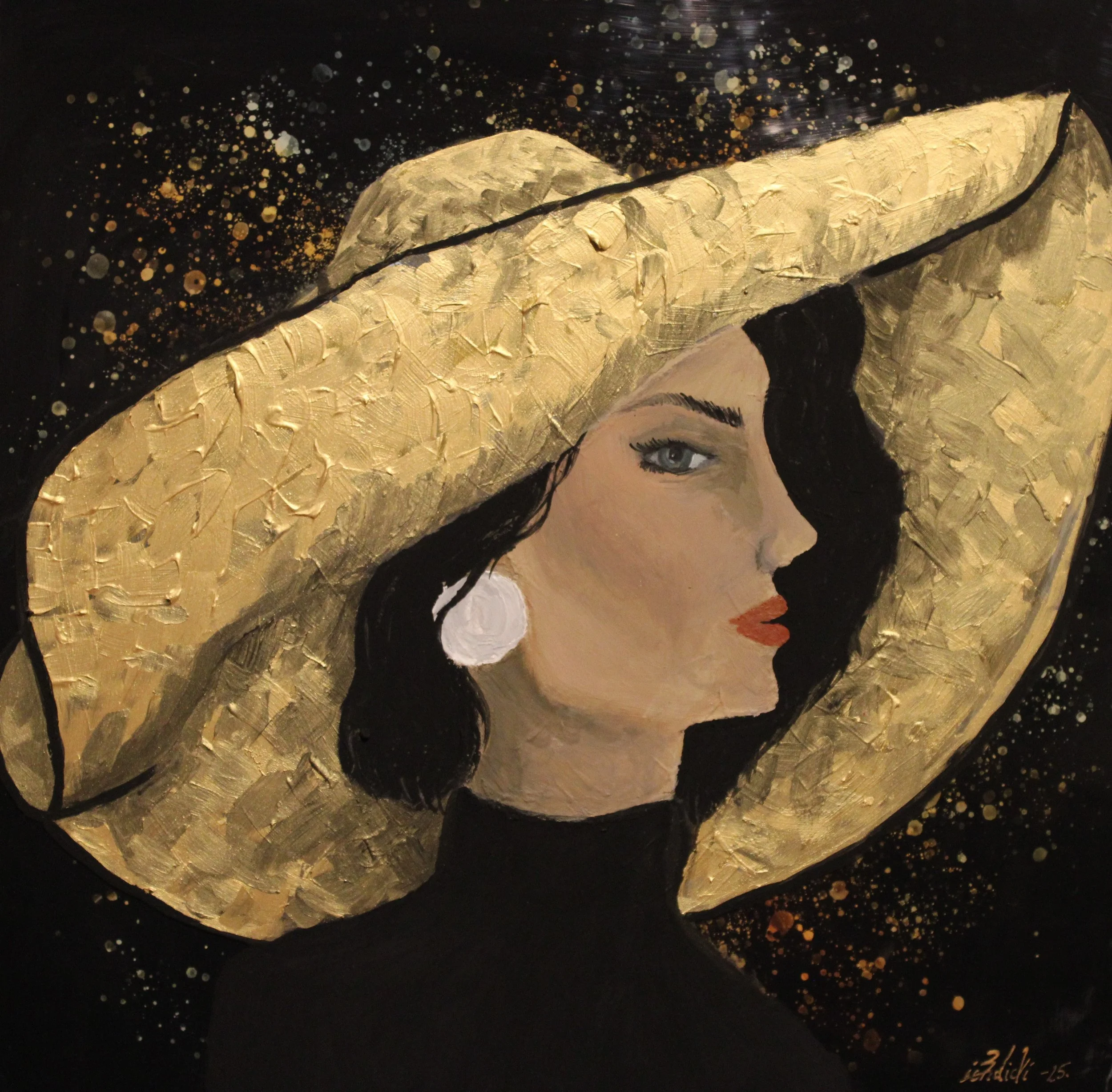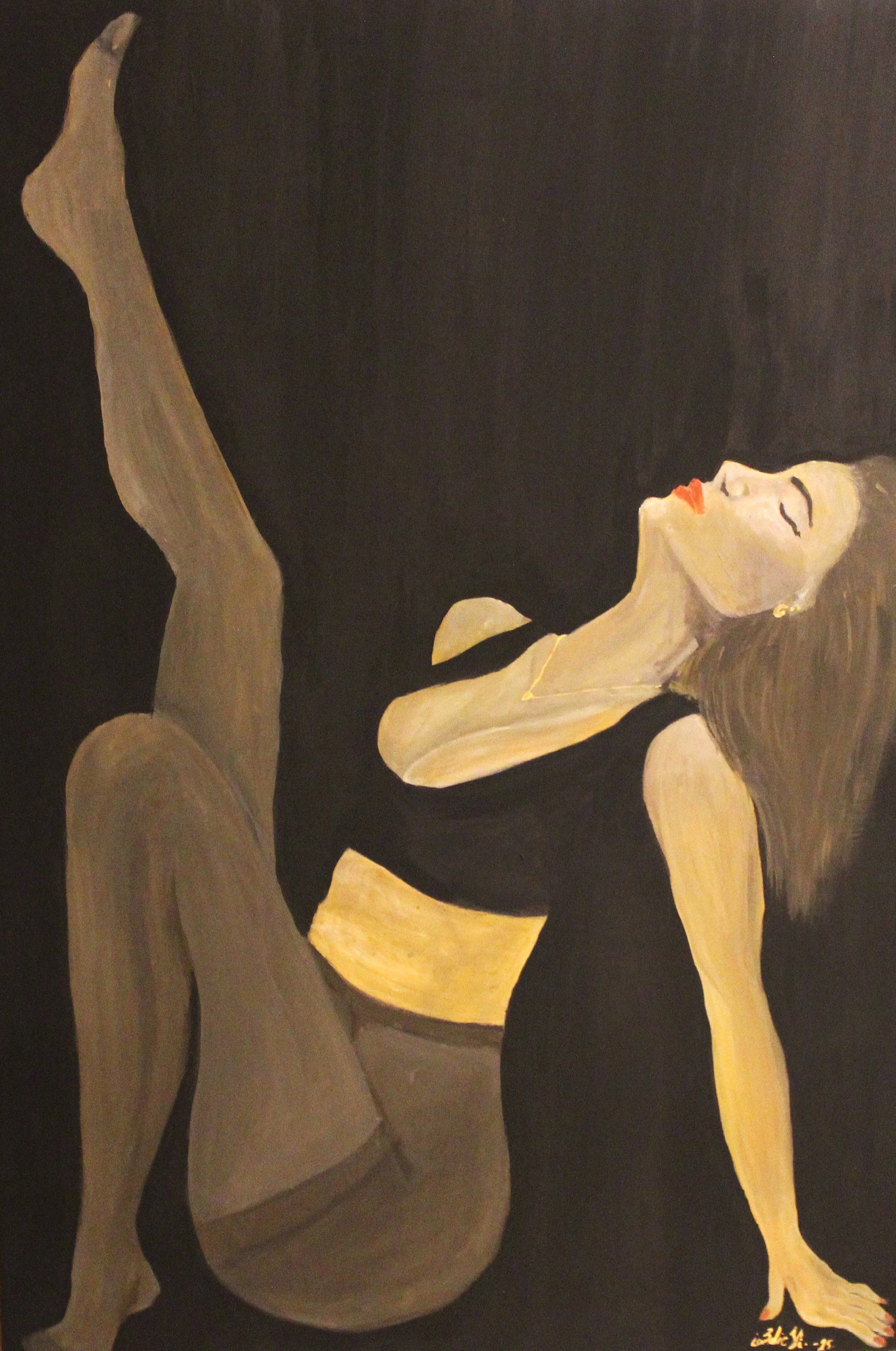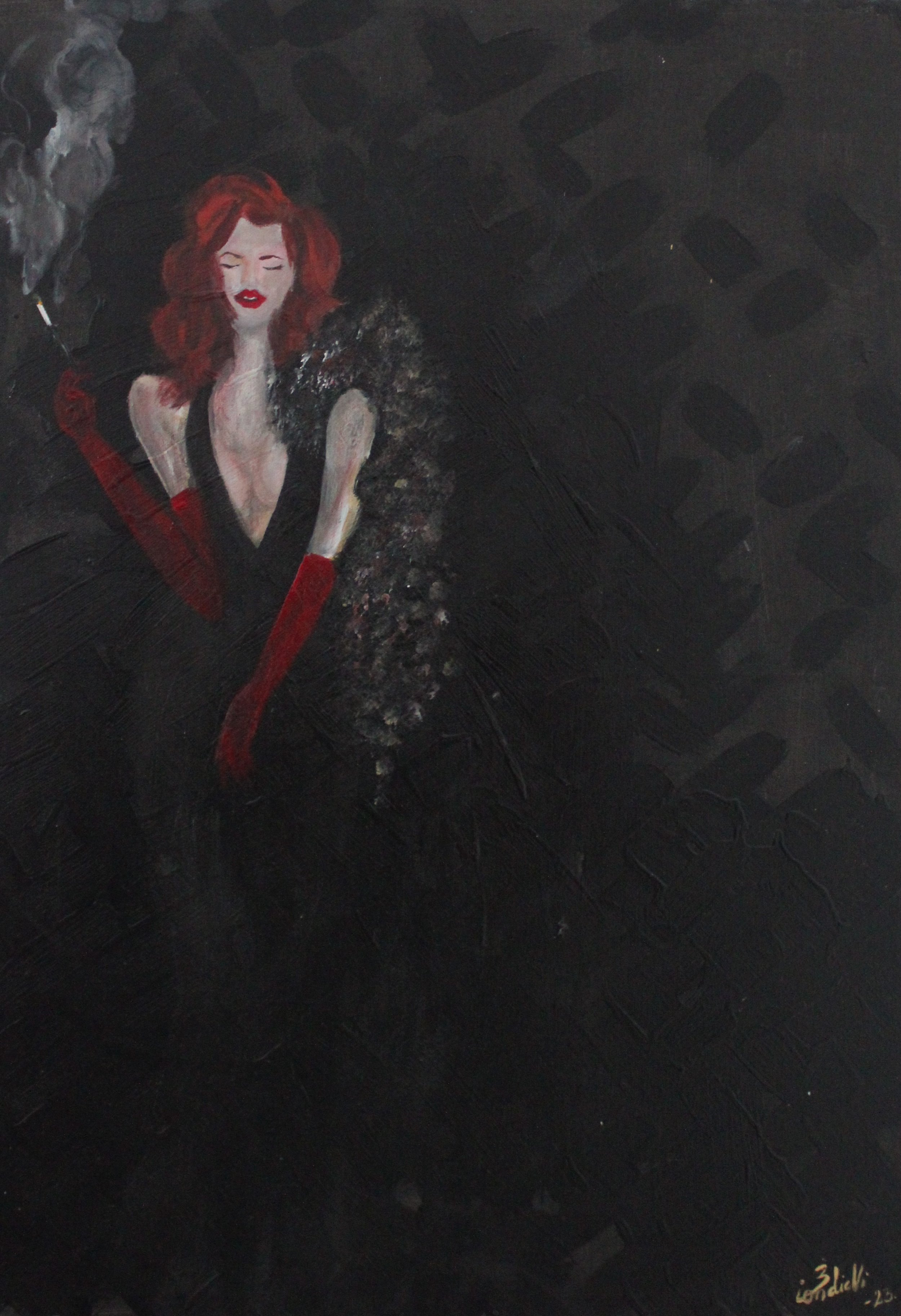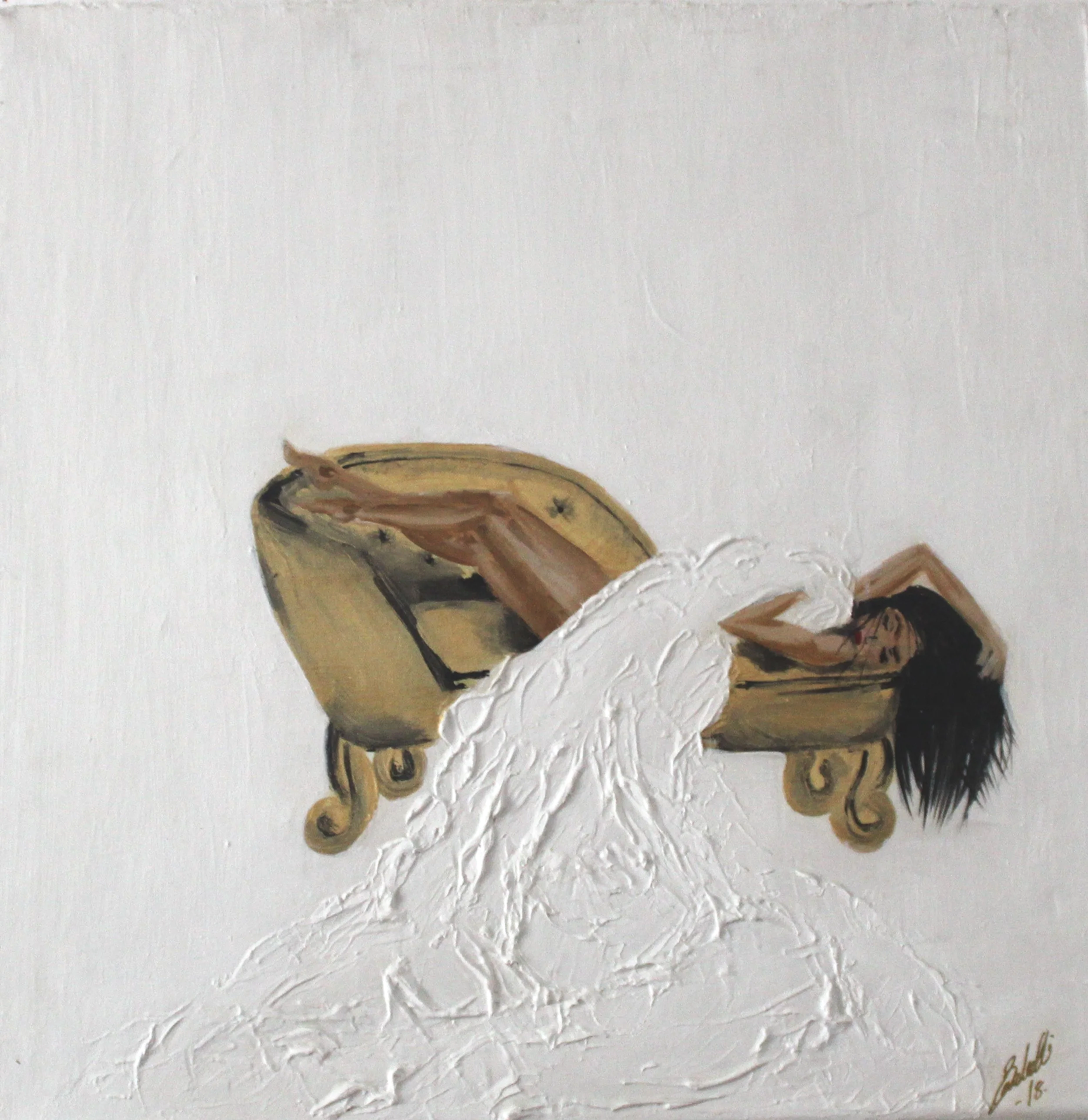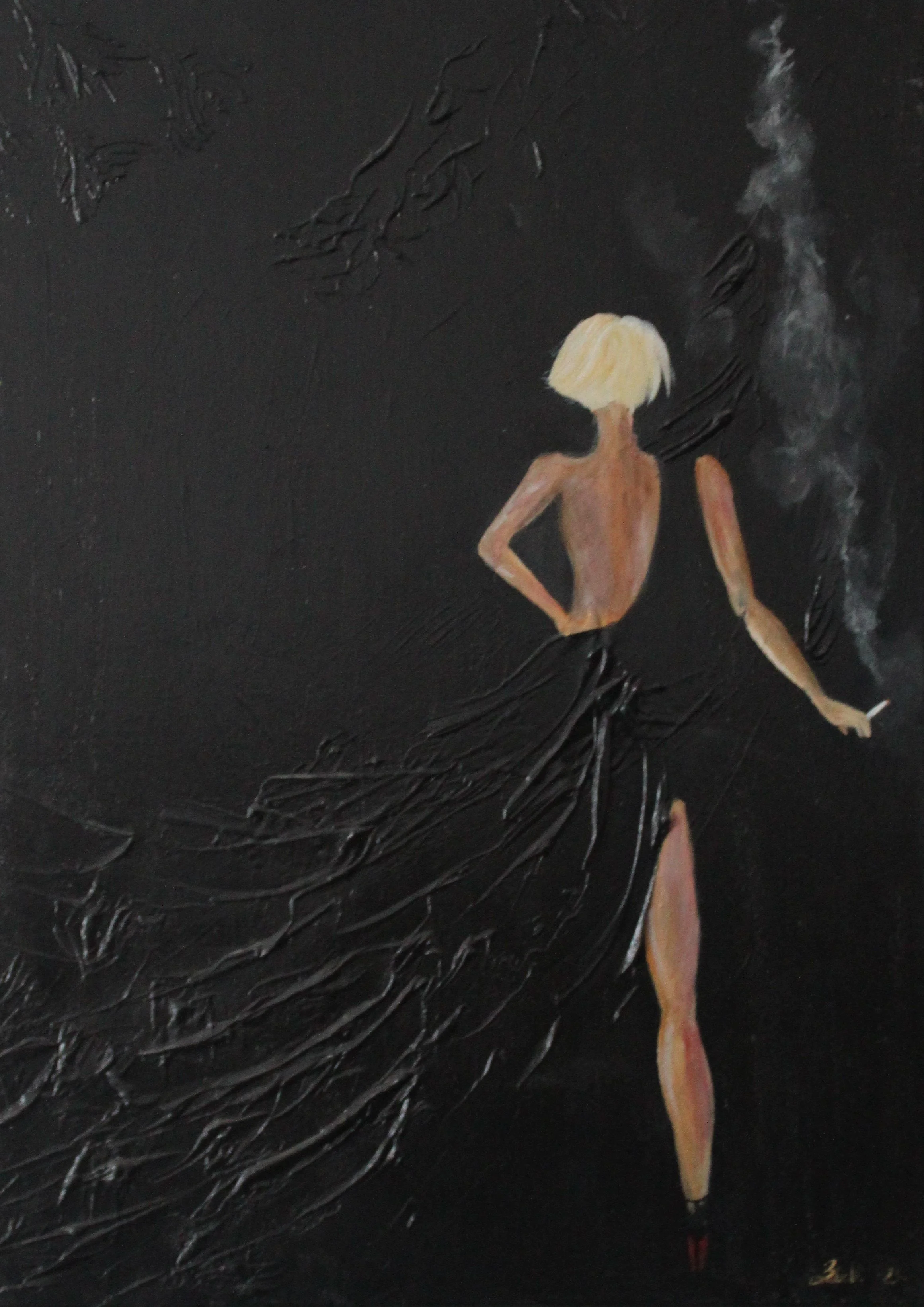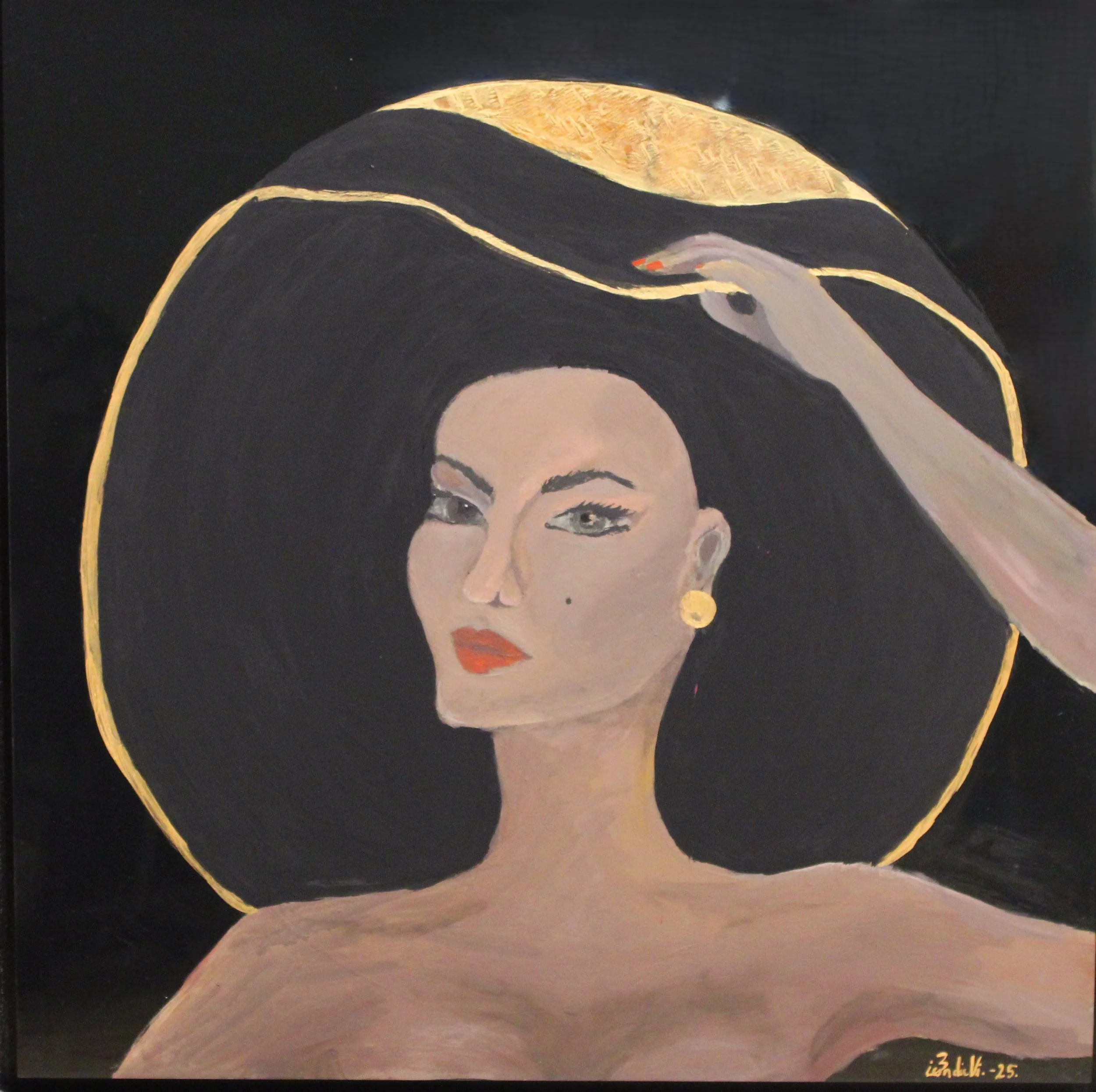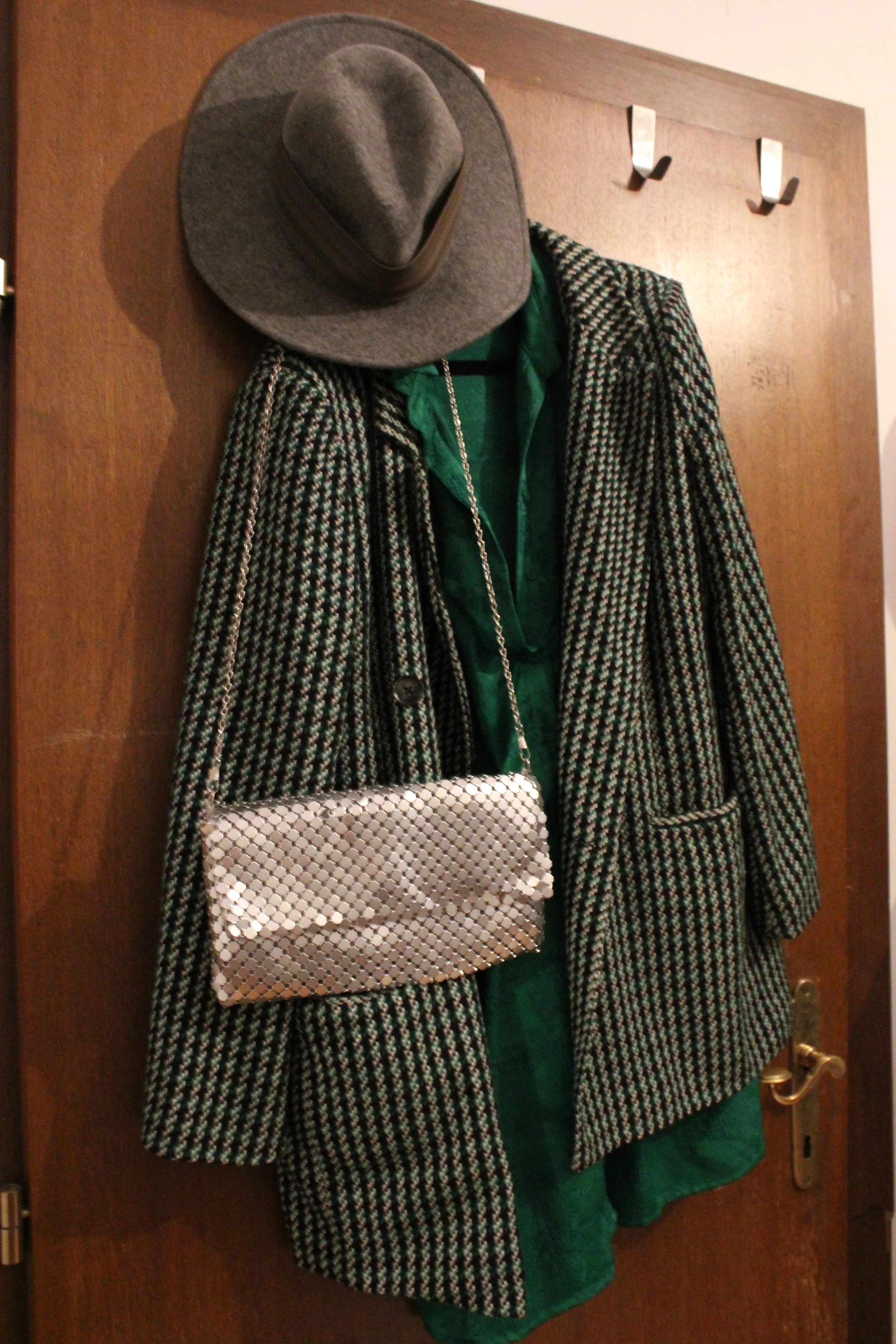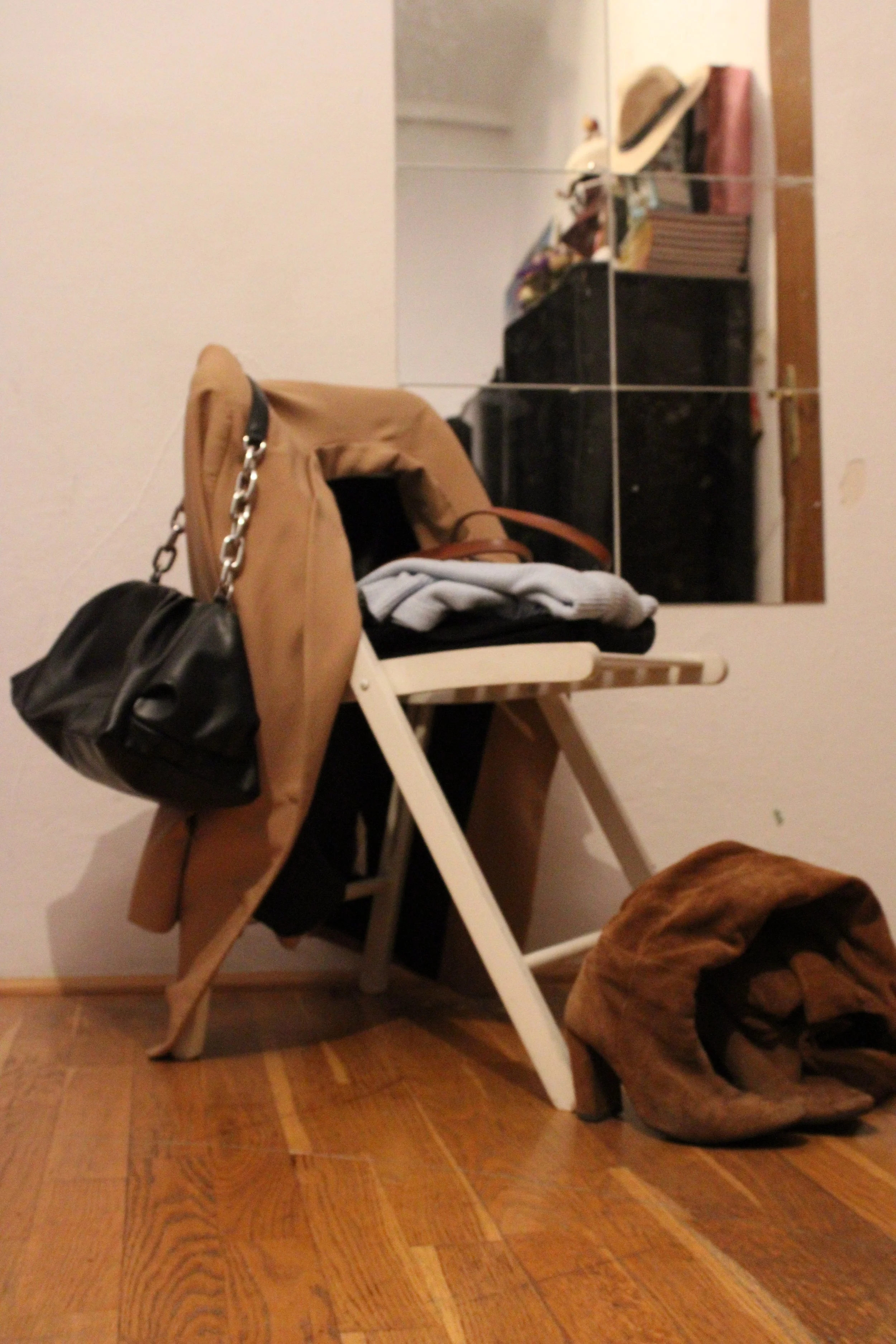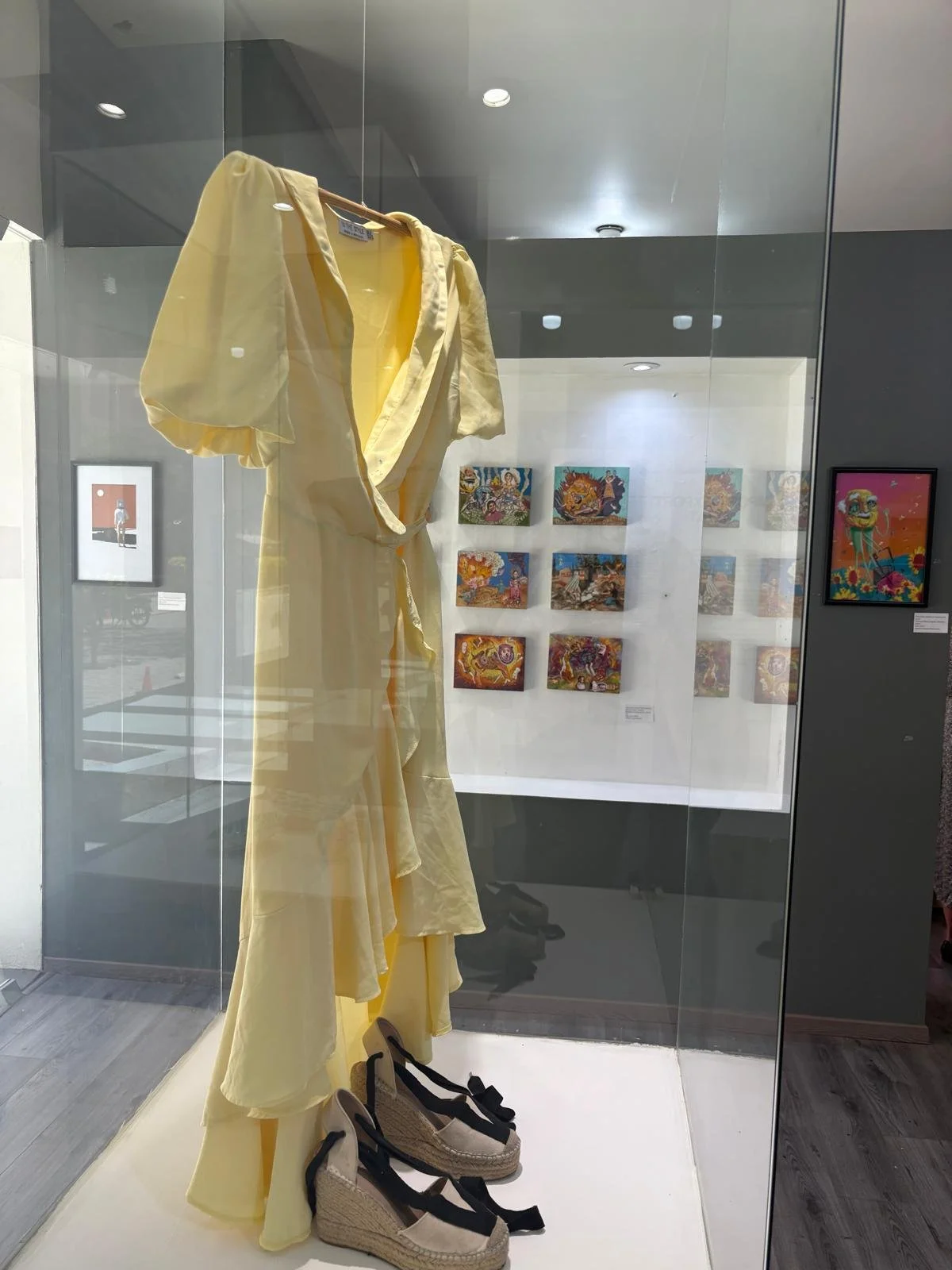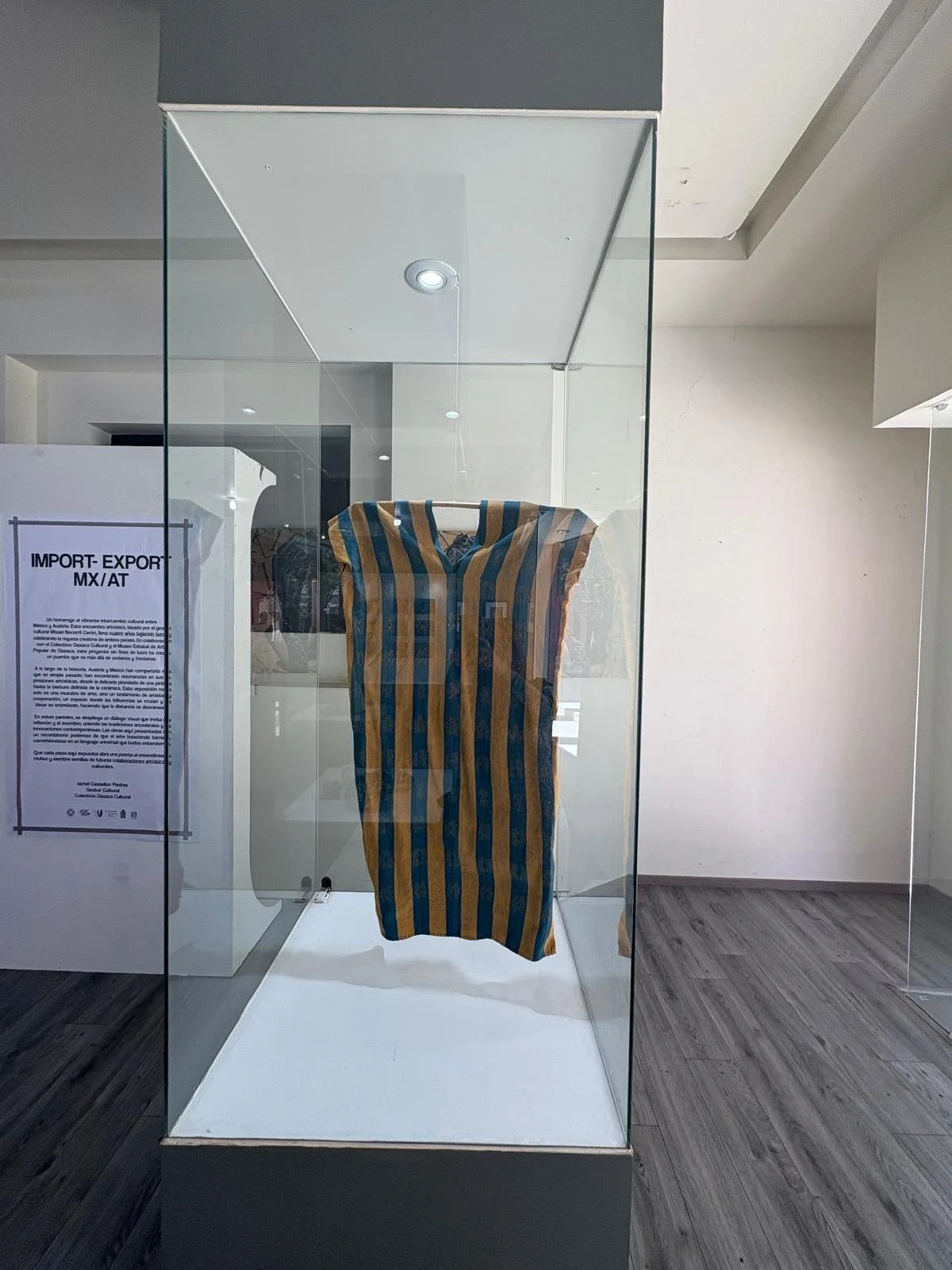Female Naratives
Women’s stories — told, untold, imagined, and remembered — are at the center of Vivekas practice. These projects reclaim femininity not as an object to be observed but as a force that shapes identity, culture, and resistance.
From garments to myths, absence to intimacy, each work amplifies female presence in spaces where it has too often been silenced.
The Dress
“It’s not the dress that makes the women. It’s the women that makes the dress.”
In this project The Dress is not about fabric — it’s about the women who shape it with their presence, power, and story.
Vivekas paintings create the illusion of garments without ever painting a single dress, proving that identity and strength are the true couture. Each work becomes a portrait of defiance, elegance, and the unshakable truth that it’s the woman who makes the dress, never the other way around. In this project the artist experiments with different materials and technique from paper prints to photography and different metals.
Now painted directly on brass and aluminum plates. The shift from canvas to metal underscores endurance, turning fabric into permanence. In its newest form, the project focuses on portraits and details—gloves, hats, accessories—symbols historically tied to femininity. By isolating them, I expose both the codes that confined women and the elegance with which they redefined themselves. Each detail becomes a quiet act of resistance, a fragment of identity, a story in itself.
The Woman
If The Dress celebrates women’s presence, The Woman focuses on their absence. Here, the central figures are missing, leaving only their garments. Dresses, folded or suspended, stand in solitude, waiting for the absent body to inhabit them. This deliberate absence creates tension, inviting viewers to imagine the unseen women behind these forms.
The project reveals clothing as both intimate and impersonal. Clothes carry the body’s memory, its scent, its gestures—yet without the wearer, they become silent witnesses. The absence of women is not emptiness but a powerful presence in itself, highlighting how identity extends beyond the physical body. By shifting focus from the person to the object, The Woman questions how much of us lingers in what we leave behind.
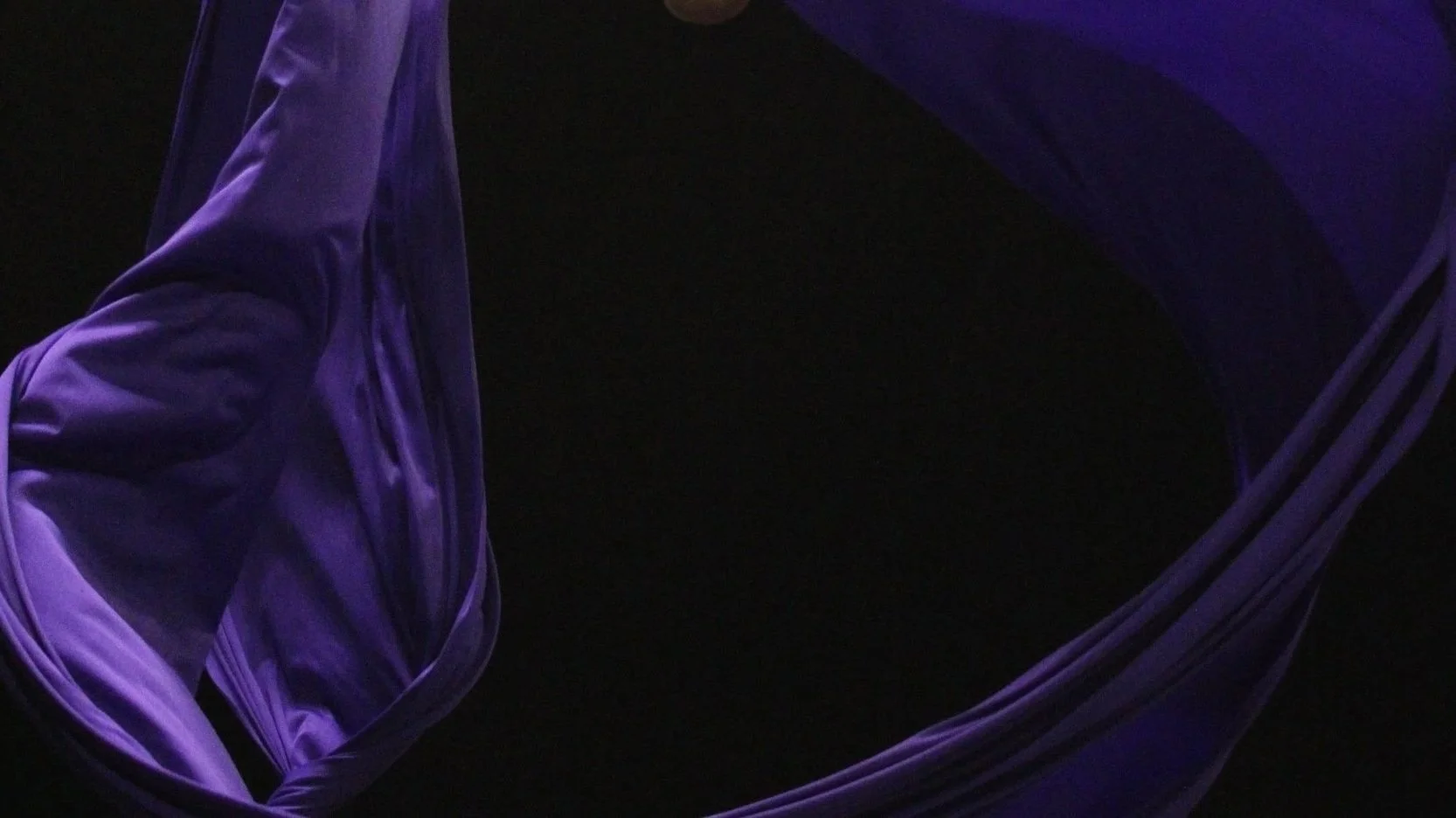
The State of a Woman is Tranquility
Der Stand des Weibes ist Ruhe
Inspired by E.T.A. Hoffmann’s claim that “Der Stand des Weibes ist Ruhe” (“a woman’s state is stillness”), this project turns that notion on its head. Women, like hurricanes, are anything but still—they are forces of movement, intensity, and transformation.
Through photography, Viveka portrays female musicians in moments of performance. Blurred gestures reveal strength, fire, and sound embodied—transforming their presence into storms. To deepen the concept, the artist created monotypes using satellite images of hurricanes, matching each storm’s (female) name to the portrayed musician. This draws a sharp historical parallel: in the 18th century, hurricanes were exclusively named after women, reflecting a cultural pattern of projecting volatility onto the feminine. Hoffmann’s statement emerged in the same context, when gender norms strictly regulated artistic expression. Women were permitted to play only a limited number of instruments deemed “appropriate” for their gender—harpsichord, piano, or harp—excluding them from most orchestral and public performance spaces.
Supported by the Gender Institute Mozarteum, this project reclaims that narrative:
women are no longer background music—they are the storm.
Hurricane Sophies*/ Musician Hurricane Sofia Torres Duran
(*formed 25.11.21, Dissipated 30.11.21 Highest Winds 140mph/220km/h; fatalities 70; damage 145mil. USD;Areas affected:Baja California, California State, Mexico, San Luis Colorado)
The exhibition at Galerie Das Zimmer brought the project to life through a constellation of voices: photographs of six musicians and a circus performer, monotypes and hurricane research on damage and lasting for each musician were accompanied by a live concert in which the women themselves took the stage.
This fusion of image, sound, and performance created a multi-dimensional experience, allowing the audience to feel the force of their stories rather than merely observe them, transformed the exhibition into a celebration of women who have defied traditional gender roles, leaving behind traces of sound, energy, and resistance.



